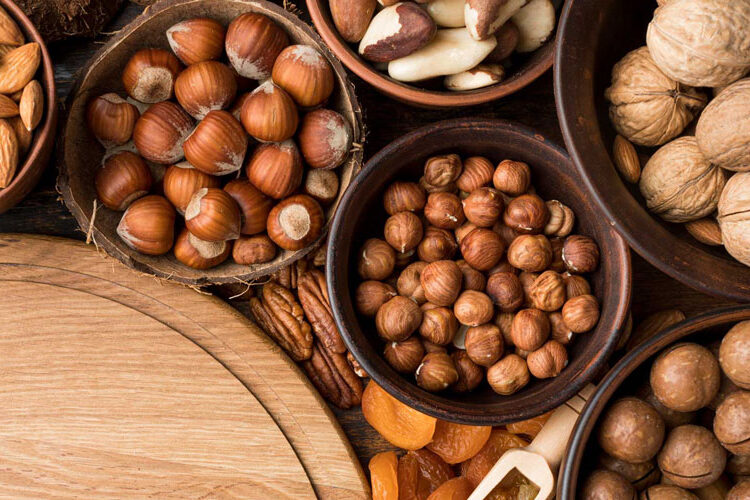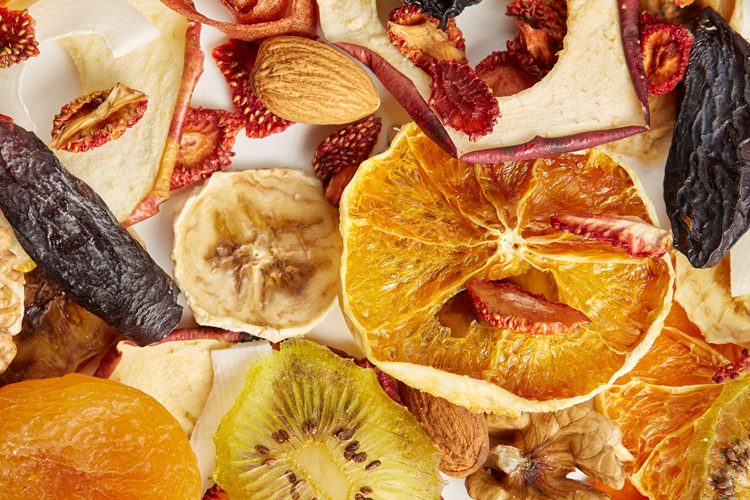Fruits and vegetables are the cornerstone of culinary traditions worldwide. Their diversity in flavor, texture, and color allows them to take center stage or play supporting roles in countless dishes. From vibrant salads to hearty stews, fruits and vegetables reflect the cultural, geographical, and agricultural heritage of different regions. Let’s explore their role in global cuisine and how they shape the flavors of the world.

Fruits and Vegetables in Asian Cuisine
Asian cuisine celebrates fruits and vegetables for their fresh and bold flavors:
China: Bok choy, Chinese cabbage, and water chestnuts feature prominently in stir-fries and soups. Dishes like sweet-and-sour chicken often include pineapple for a tangy kick.
India: Vegetables like eggplant, okra, and spinach are integral to curries and stews. Mangoes, widely grown in India, are used in desserts, chutneys, and refreshing drinks like mango lassi.
Japan: Delicate vegetables such as daikon radish and lotus root are central to Japanese dishes, while fruits like yuzu and persimmons enhance desserts and beverages.
European Traditions with Fruits and Vegetables
Europe incorporates fruits and vegetables into a variety of comforting and sophisticated dishes:
Italy: Tomatoes, olives, and zucchini are staples in Italian cuisine, featured in pasta sauces, pizzas, and risottos. Fruits like figs and lemons enhance desserts like panna cotta and limoncello.
France: French cuisine embraces root vegetables in soups like pot-au-feu, while fruits such as apples and berries shine in desserts like tarte tatin.
Greece: Mediterranean diets rely heavily on vegetables like eggplants and cucumbers, seen in moussaka and Greek salads. Fresh fruits like grapes and pomegranates are used in salads and wines.
African Culinary Staples
African cuisine highlights the region’s agricultural abundance:
West Africa: Vegetables like okra and yams are used in hearty stews such as egusi soup. Fruits like plantains are a versatile ingredient, served fried, boiled, or baked.
North Africa: Dates and figs, along with vegetables like carrots and chickpeas, are essential to tagines and couscous dishes.
South Africa: Indigenous fruits like marula and baobab are used in beverages and desserts, while leafy greens are cooked into traditional dishes.
American Culinary Influences
The Americas boast a rich variety of fruits and vegetables, many of which are native to the region:
North America: Sweet potatoes, pumpkins, and corn are iconic in American cuisine, celebrated in dishes like Thanksgiving casseroles and pies.
Central America: Tropical fruits like papaya, guava, and pineapple are staples in salsas, desserts, and drinks. Vegetables like peppers and tomatoes are essential for vibrant Mexican cuisine.
South America: Potatoes and cassava are dietary staples, while fruits like passion fruit and açaí are popular in smoothies and desserts.
Fruits and Vegetables in Middle Eastern Cuisine
Middle Eastern dishes creatively incorporate fruits and vegetables:
Hummus and Baba Ganoush: Chickpeas and eggplants form the base of these world-renowned dips.
Tabbouleh: Parsley and tomatoes create the foundation of this refreshing salad.
Stuffed Vegetables: Zucchinis, bell peppers, and vine leaves are commonly stuffed with rice, herbs, and spices.
Tropical and Exotic Varieties
Tropical regions celebrate exotic fruits and vegetables that add a unique twist to global cuisine:
Southeast Asia: Durian, dragon fruit, and jackfruit are featured in desserts and savory dishes.
Caribbean: Vegetables like callaloo and fruits like breadfruit are staples in the islands' diverse cuisines.
The Growing Influence of Plant-Based Cuisine
Globally, the rise of vegetarian and vegan diets has elevated fruits and vegetables to the spotlight. Creative plant-based dishes now feature cauliflower as a substitute for rice or pizza crust, and jackfruit as a meat alternative in tacos and curries.
Conclusion
Fruits and vegetables are essential to global cuisine, offering endless possibilities for creativity and nourishment. They connect us to the seasons, the land, and cultural traditions, making them a universal language in the culinary world. As global tastes evolve, these versatile ingredients continue to inspire chefs and home cooks alike, proving that fruits and vegetables are not just side dishes but culinary stars in their own right.

Boost Immunity with Powerful Fruits & Veggies
Eating fruits and vegetables rich in vitamins, minerals, and antioxidants is a natural way to support your immune system. Certain...

Industrial Drying of Fruits and Vegetables
Preserving seasonal fruits and vegetables on an industrial scale requires efficient and reliable methods to meet the demands of modern...

Fruit Juice: A Refreshing and Nutritious Beverage
Fruit juice has long been regarded as a delicious and convenient way to add essential nutrients to our diet while...

Discover the Health Benefits of Popular Nuts
Nuts are more than just a tasty snack—they’re packed with essential nutrients that promote overall wellness. From almonds to walnuts,...

Dried Fruit a Delicious and Nutritious Snack
Dried fruit, a delightful and convenient snack, offers a burst of flavor and a dose of essential nutrients. Whether enjoyed...

Power of Eating a Rainbow of Fruits and Veggies
Eating a colorful variety of fruits and vegetables is one of the best ways to nourish the body and support...

The Art of Freeze-Drying Fruit
Freeze-drying, or lyophilization, is a preservation method that removes water from fruit while retaining its original structure, flavor, color, and...

